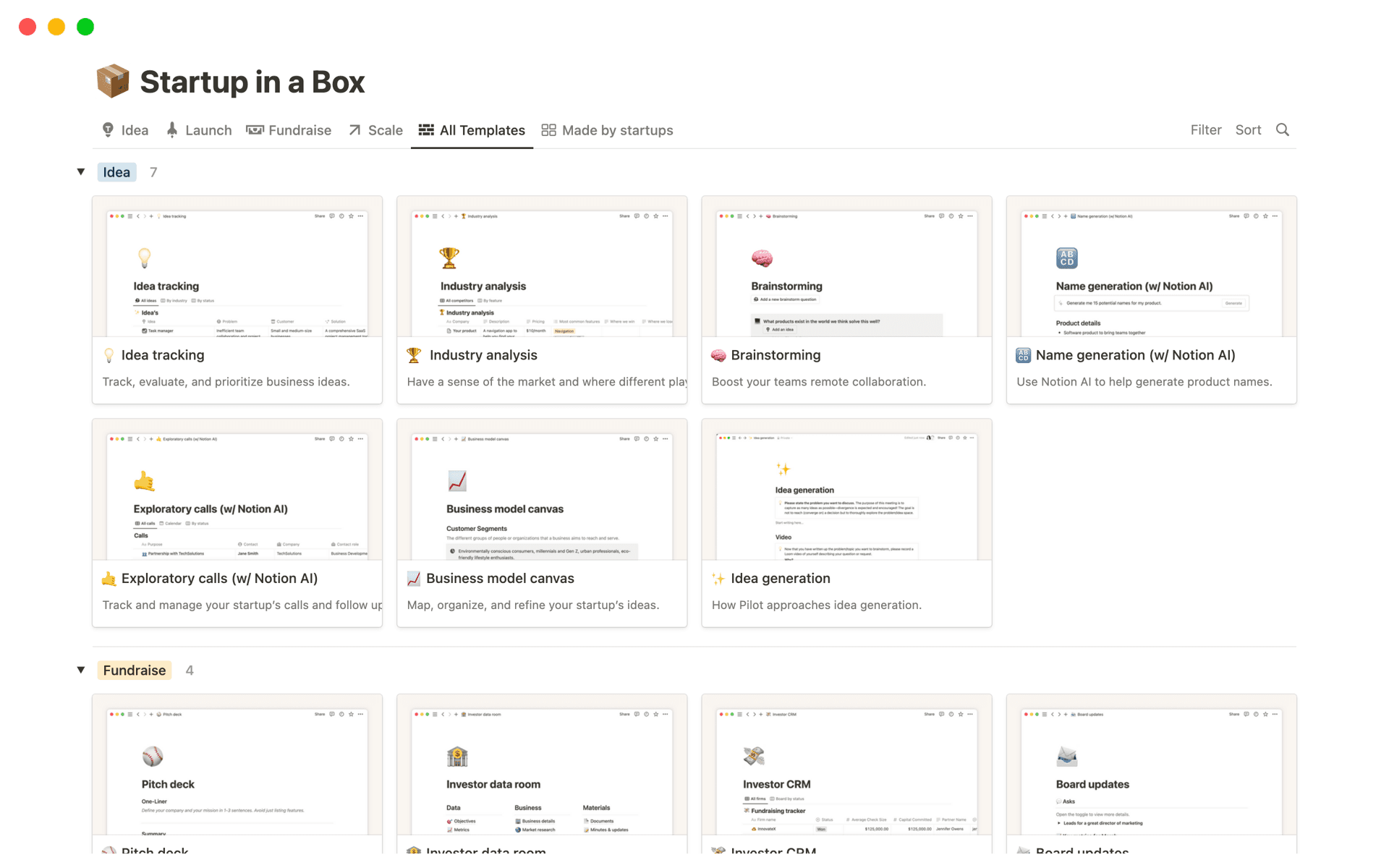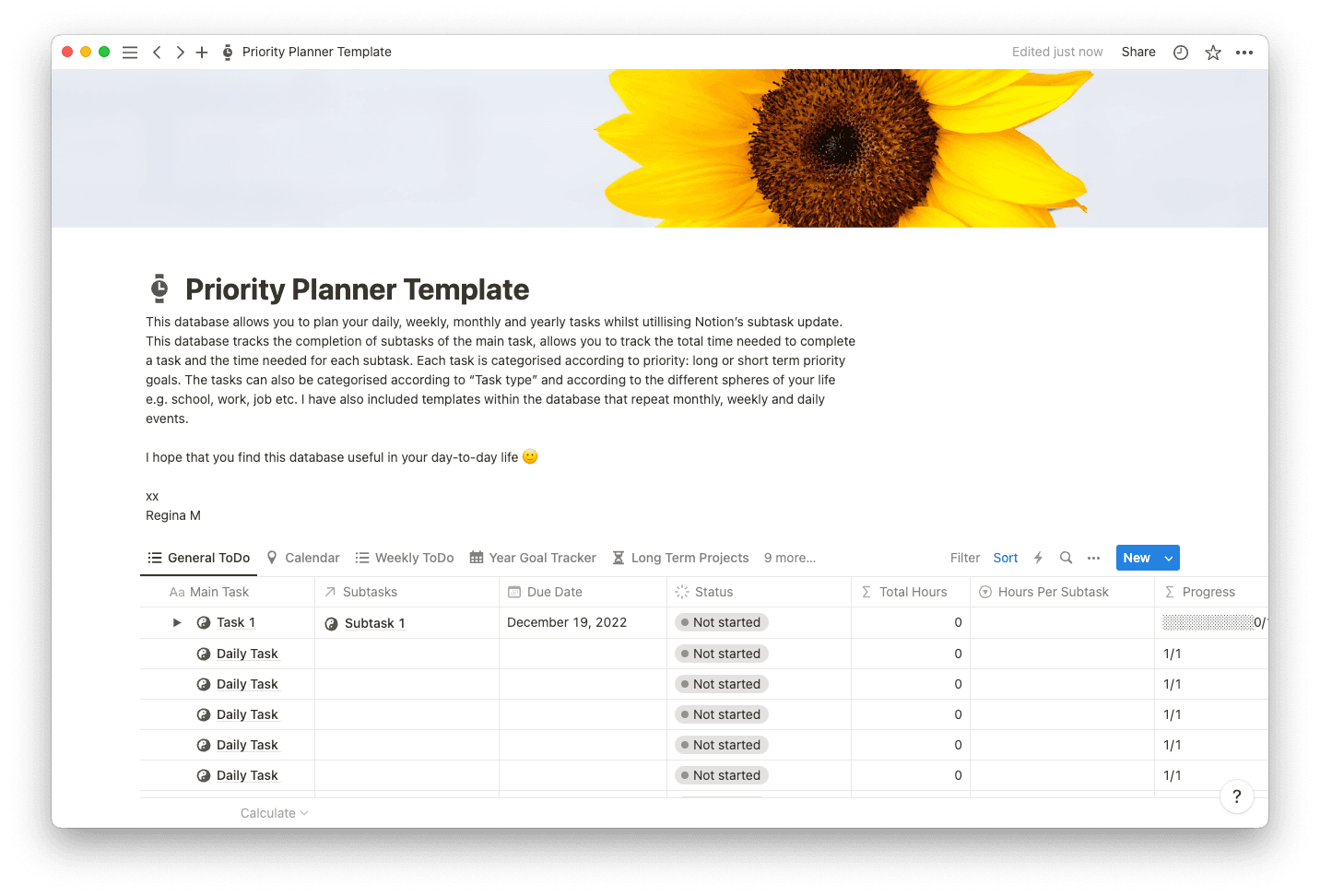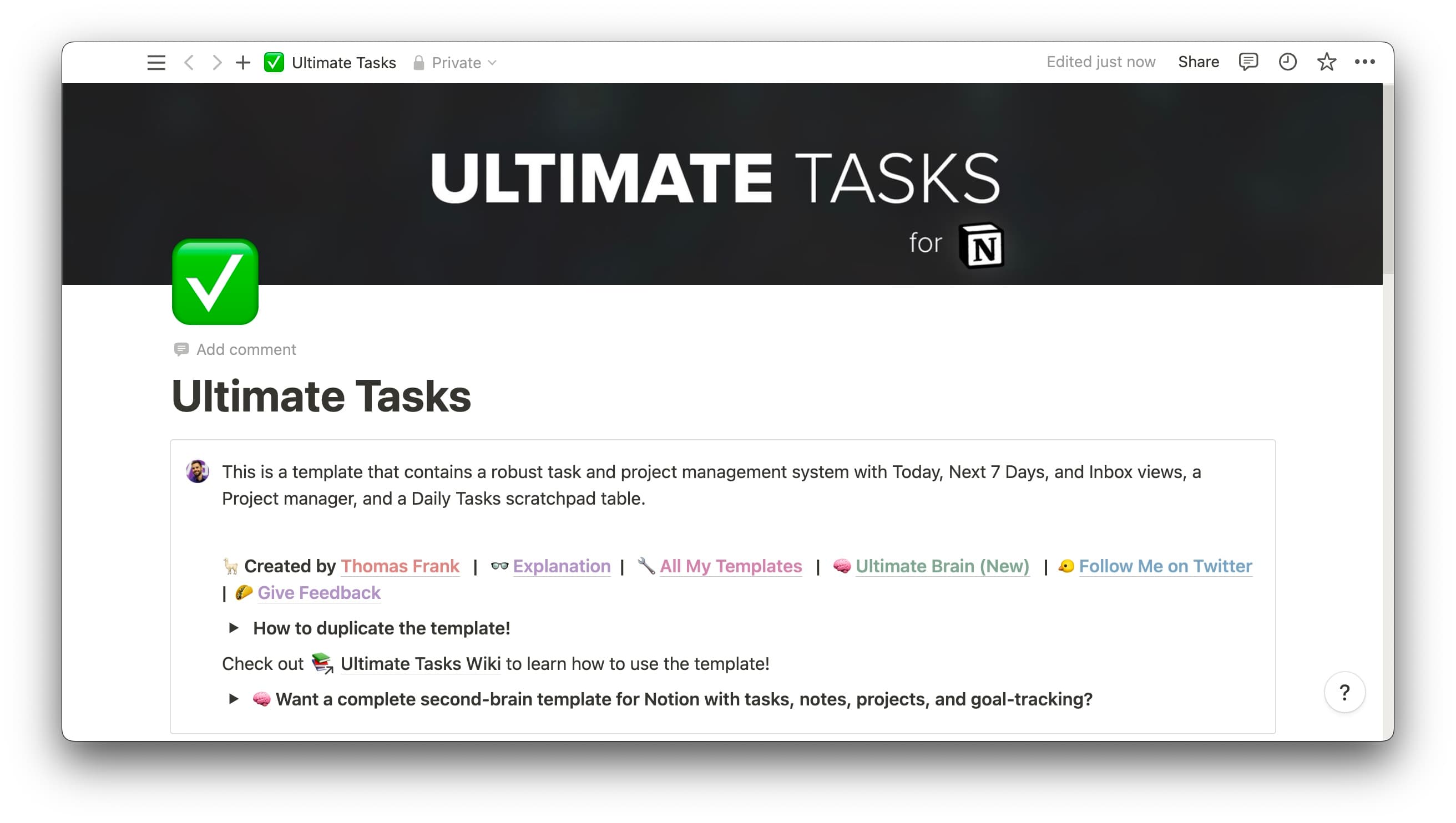Every company owes its success to its employees.
No matter how prominent an organization’s products or services become, it can’t achieve goals without the help of its staff. But there’s sometimes a disconnect between organizational success and individual contributions. Just because a company’s employees perform invaluable work doesn’t mean they understand the greater “why” behind their everyday tasks. Helping them see the connection between their efforts and company success gives them purpose and direction.
So, how can an organization — even a big one — connect a company vision to employees’ everyday tasks? The management by objectives (MBO) model is a solid place to start.
What’s management by objectives?
MBO is a model by which companies set and refine organizational goals to align them with employee tasks. The idea behind this process is to show staff how their work positively impacts an organization, bringing more intention to their roles and action.
As a manager using MBO, you’ll work with employees to set goals that align with company and department objectives. You’ll also determine action items together, creating realistic routes to meeting those goals as a team. The transparency in this management style ensures everyone is on the same page.
The MBO process uses metrics to track the success of employee work and learn where adjustments need to be made. Having hard data makes it easier to monitor progress toward goals, provide feedback, and reward employees for achievements.
The benefits of management by objectives
The MBO model shows employees their purpose and how their contribution helps the whole. But it offers other benefits as well, such as improved clarity and communication among teams. This process:
Charts a clear route to success — in the MBO model, you break organizational goals into employee objectives and define actionable tasks to help each person reach them. Everyone involved has a clear idea of what success means and how to achieve it, paving a smoother path without confusion.
Encourages better communication — employees working in teams will share larger goals and need to communicate well to reach them. Take the example of a marketing team looking to increase social media engagement by 10% in six months. No single employee can be responsible for this significant change; it has to be a group effort. The necessary collaboration requires solid communication, and the MBO process aids that communication by telling everyone involved what the goals are and how individual contributions will help the team achieve them. It also builds collaborative spirit for a closer, more innovative work environment.
Lets employees shine — savvy managers assign employees tasks that align well with their unique skill sets, giving everyone a chance to put their talents to work. This gives everyone a chance to thrive and feeds into the empowering nature of the MBO model, encouraging each team member to appreciate how they personally make an impact.
The challenges of management by objectives
Like any management model, MBO isn’t perfect. But when you use the methodology alongside other techniques and ensure that company culture doesn’t fall by the wayside, you can mitigate some of the following challenges:
Creates higher stakes — employees may feel pressure to achieve goals by a specific date and fear the consequences of less-than-perfect performance. Under this stress, they might overfocus on meeting metrics instead of delivering quality work, honing professional skills, or fostering creativity. With MBO, it’s important to remember the journey is just as valuable as the destination.
Won’t fix everything — the MBO model helps with goal alignment but doesn’t address other factors that make workplaces thrive, like professional development, positive company culture, and innovation. As a manager, you need to do more to create a better environment.
Spurs unhealthy competition — MBO structures reward employees for a job well done. Rewards and perks can motivate individuals and boost morale — but only for those on the receiving end. Teammates who don’t make the cut may feel like their peers have overshadowed them. The constant pressure to compete could make productivity and performance worse.
The management by objectives process
The MBO model has five stages, covering everything from the creation of organizational goals to rewarding employees for achievements. Here’s how these steps work:
1. Set organizational objectives
MBO relies on top-down goal setting, which means anyone implementing it needs to start with the highest-level objectives possible. For new companies, holistic goals are likely top of mind, making this step a breeze. Existing organizations struggling to dream up their next steps can revisit their mission and vision statements for cues.
2. Discover employee goals
Translate organizational objectives into smaller-scale employee goals to make them easier to reach. The SMART goal-setting model is a great place to start, outlining objectives that are specific, measurable, achievable, realistic, and time-bound. This helps you create clear, finite goals that employees can reasonably achieve in a certain period.
Once you set project goals for every employee, share them. Develop clear action items so everyone knows what you expect. This is also a prime moment to resolve employee questions and set your team up for success.
3. Track employee performance
The monitoring phase is ongoing and should begin after clearly explaining goals and action items. You can use project management tools like a project tracker template to collect data and more accurately assess success metrics. Don’t forget to let employees know how you’re weighing them.
4. Evaluate metrics
Once you have enough data to share, start meeting with employees and offering feedback on how they’re doing. This step opens healthy communication channels and lets you help your team address roadblocks before it’s too late.
The MBO model should encourage achievement on all levels. Focus evaluation sessions on solutions, not reprimanding employees for setbacks.
5. Reward progress
In the final step of the MBO process, reward employees for their hard work. This could be as simple as a kind word on what the employee did well or a more tangible perk like a bonus. It’s up to you and your team.
Management by objectives example
Exploring this approach at your organization starts with inspiration. Explore examples of MBO-style goals and learn how to set ones that effectively tie employee work to overarching objectives. The following sample can guide you.
Imagine a software company with the objective of increasing outputs. When this objective trickles down to development teams, it takes the form of increasing efficiency for individual employees. Here are a few examples of goals this team might want to reach:
Increase the average number of story points per sprint from eight to 15
Ensure functional, quality features at the end of each sprint
Hold one meeting per day instead of two to save time
Given the above goals, action items for this development team could include:
Perform backlog grooming before each sprint to reprioritize story points and eliminate outdated ones
Implement a daily stand-up meeting to announce progress and clear blockers that are preventing developers from advancing
Use project management software to track project metrics so the team can structure future sprints more efficiently
Follow all the steps of management by objectives in Notion
Goal-setting isn’t just a task — it’s an art. And Notion has all the tools to help your team use an MBO system and paint a picture of what your achievable, measurable goals should look like.
Explore Notion’s library of guides and templates and find resources to support your work. Teach yourself goal-setting theory or tracking strategies with Notion’s how-tos, or tap into templates that help you structure project goals or manage time better for punctual deliverables.







